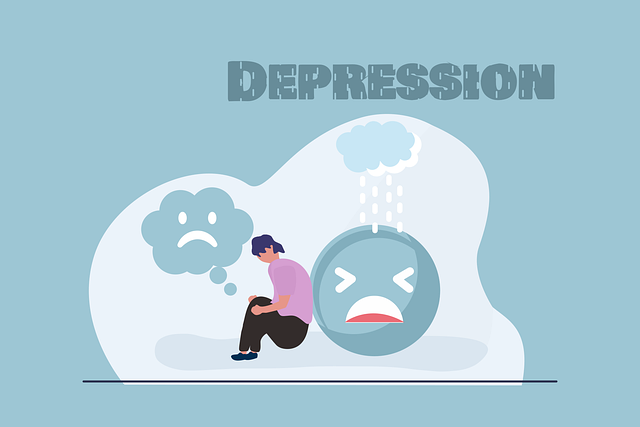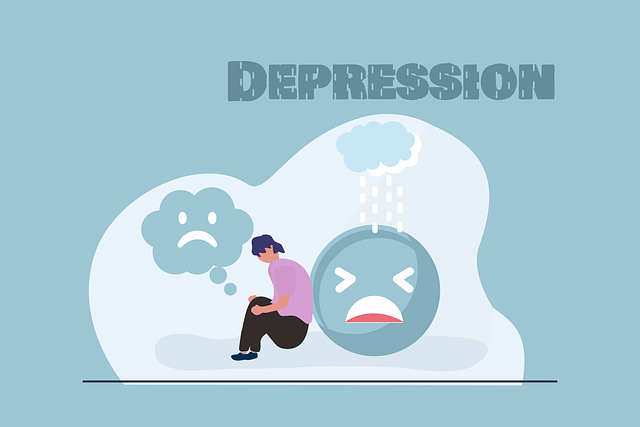Risk assessment is vital for creating safe environments in psychological testing and therapy, particularly at Parker Psychological Testing Therapy (PPT). PPT offers comprehensive harm minimization strategies focusing on individual and cultural factors. By using tools like Self-Awareness Exercises and Burnout Prevention Strategies, healthcare providers can manage stress, improve patient interactions, and proactively mitigate risks. Cultural competency training bridges communication gaps among diverse patient populations. A strategic risk management plan, incorporating psychological profiles, evidence-based practices, and regular reviews, empowers clients to manage distress and de-escalate conflicts. Proactive measures enhance emotional intelligence, resilience, and work environment health.
In today’s complex landscape, risk assessment and harm minimization planning are indispensable tools for professionals seeking safe and effective practices. This comprehensive guide delves into these crucial strategies, offering a structured approach to managing potential risks. We explore the foundational concepts of understanding risk assessment, highlighting its significance in various contexts. The Parker Psychological Testing Therapy (PPT) approach is introduced as a game-changer, providing innovative techniques for harm minimization. Key components of a robust harm minimization plan are outlined, guiding professionals toward proactive risk management.
- Understanding Risk Assessment: A Foundation for Safe Practice
- The Parker Psychological Testing Therapy Approach to Harm Minimization
- Key Components of a Comprehensive Harm Minimization Plan
- Implementing and Monitoring Strategies for Effective Risk Management
Understanding Risk Assessment: A Foundation for Safe Practice

Understanding risk assessment is paramount in creating a safe and supportive environment, especially within the realm of psychological testing and therapy. It involves meticulously evaluating potential hazards and their likelihood to cause harm, enabling mental health professionals like those at Parker Psychological Testing Therapy to implement effective harm minimization strategies. By embracing a structured approach to risk assessment, practitioners can ensure client safety while fostering an environment that promotes emotional regulation and boosts confidence.
This foundational process encompasses identifying vulnerable individuals, assessing past traumas or existing risks, and anticipating potential triggers. It requires constant vigilance and adaptability as clients’ conditions evolve. Through rigorous risk assessment, professionals can anticipate challenges, develop tailored interventions, and proactively manage crises. This proactive approach not only safeguards clients but also empowers them to navigate their emotional landscapes with greater resilience.
The Parker Psychological Testing Therapy Approach to Harm Minimization

The Parker Psychological Testing Therapy (PPT) Approach to Harm Minimization offers a unique perspective on mitigating risks and promoting well-being in various settings, particularly within healthcare. This therapy model emphasizes the importance of understanding individual and cultural factors that contribute to stress and potential harm. By incorporating Self-Awareness Exercises, PPT encourages healthcare providers to recognize their emotional states and triggers, fostering better decision-making and patient interactions.
Incorporating harm minimization planning, as advocated by PPT, involves proactive measures. Healthcare providers are encouraged to engage in regular Burnout Prevention Strategies for Healthcare Providers to maintain resilience. This includes setting boundaries, practicing self-care, and seeking support. The approach also highlights the value of cultural competency training, ensuring healthcare providers can effectively navigate diverse patient populations, thereby reducing potential risks related to miscommunication or misunderstandings.
Key Components of a Comprehensive Harm Minimization Plan

A comprehensive harm minimization plan is an essential tool for mental health professionals to ensure client safety and promote positive outcomes. When tailored to individual needs, this strategic approach can significantly reduce risks and support individuals in managing challenging situations effectively. Key components include a detailed risk assessment utilizing Parker Psychological Testing Therapy methods to identify potential triggers and vulnerabilities. This involves a thorough exploration of the client’s history, current circumstances, and psychological profiles to anticipate and prepare for any possible harmful behaviors or crises.
Additionally, the plan should incorporate evidence-based strategies such as mood management techniques and conflict resolution skills training. By equipping clients with these tools, mental health professionals empower them to navigate emotional distress, de-escalate conflicts, and make informed decisions in high-risk situations. Regularly reviewing and updating the harm minimization plan is vital to ensure its relevance and effectiveness in addressing evolving client needs.
Implementing and Monitoring Strategies for Effective Risk Management

Implementing effective risk management strategies is a multifaceted process that requires continuous evaluation and adaptation. At its core, this involves utilizing tools such as Parker Psychological Testing to gain profound insights into individual strengths, weaknesses, and potential areas of concern. Integrating these insights with evidence-based practices facilitates the creation of personalized harm minimization plans. These plans cater to diverse scenarios, from stress management techniques for healthcare providers to burnout prevention strategies, thereby enhancing emotional intelligence and overall resilience.
Regular monitoring is pivotal in ensuring the success of these initiatives. This includes routine psychological assessments, performance reviews, and feedback mechanisms. By staying attuned to changing dynamics and individual progress, professionals can promptly adjust strategies, making necessary interventions to mitigate emerging risks. Such proactive measures not only safeguard individuals but also contribute to a healthier, more productive work environment, as evidenced by the profound impact of emotional intelligence in navigating complex professional landscapes.
Risk assessment and harm minimization planning are essential components of safe practice in any field. By understanding the foundational principles of risk assessment, adopting evidence-based approaches like the Parker Psychological Testing Therapy, and implementing comprehensive strategies, professionals can effectively manage risks and protect individuals from potential harm. The key lies in a holistic approach that combines thorough evaluation, tailored interventions, and continuous monitoring. Embracing these practices ensures a safer environment and positively impacts outcomes for all involved.














